enterprise application development
Enterprise Application Development
refers to the process of creating software applications specifically designed to meet the complex needs of large organizations. These applications aim to streamline business processes, improve productivity, enhance data management, and ensure scalability, security, and integration across multiple systems.
Enterprise applications are typically large-scale, mission-critical systems that help organizations manage resources, customer relationships, operations, supply chains, financials, and other key functions.
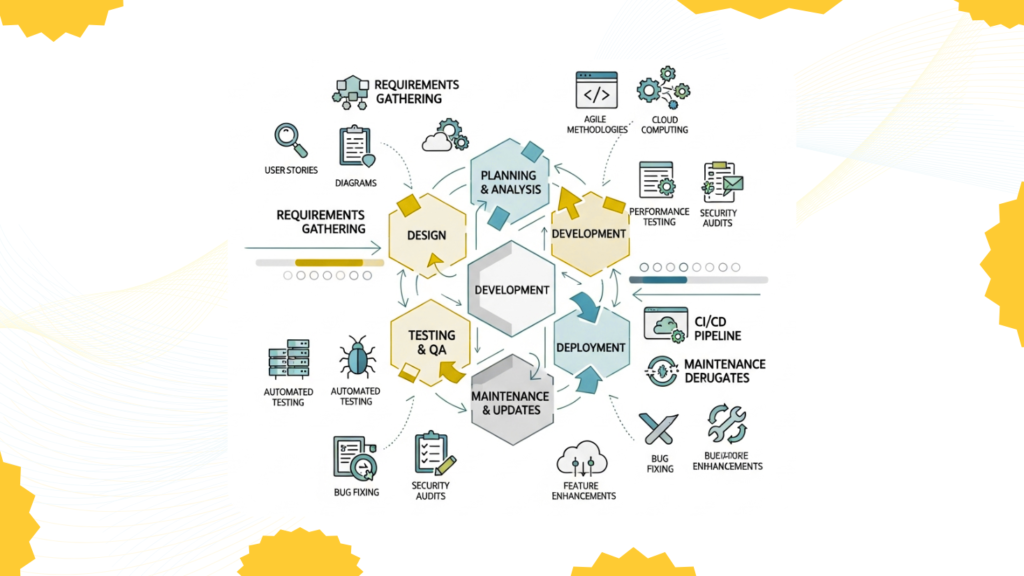
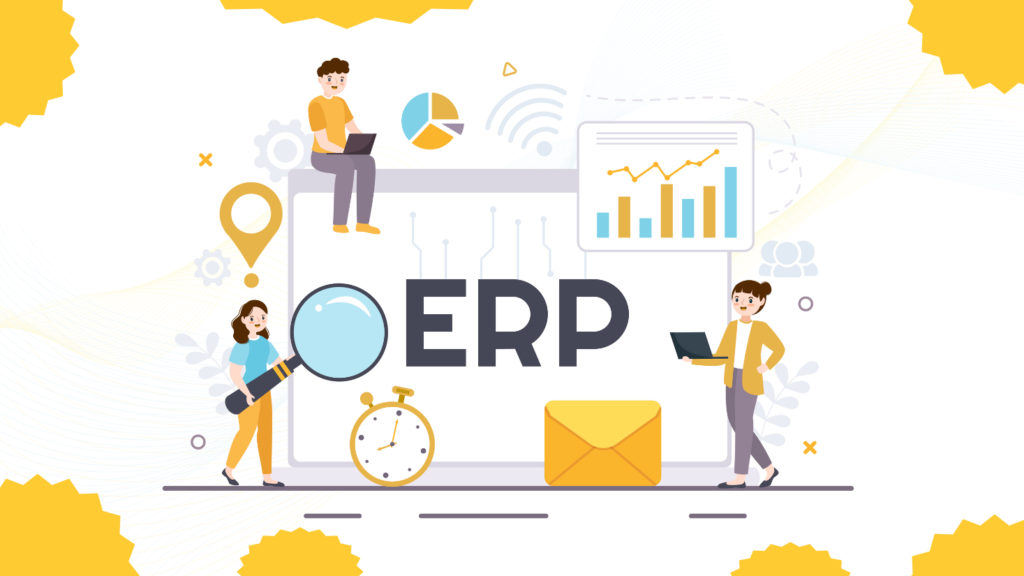
Enterprise Application Development
Custom Enterprise Software Development
- Tailored Solutions : Custom applications built to address specific business needs, rather than using off-the-shelf software.
- Business Logic Integration : Includes features specific to the organization’s business processes and workflows
- Scalability and Flexibility : Ability to scale up as the business grows and adapt to changing business requirements
Cloud Application Development
- Cloud-Based Solutions : Applications hosted on cloud platforms (e.g., AWS, Microsoft Azure, Google Cloud) that offer scalability, flexibility, and cost-efficiency.
- Hybrid Cloud : Combining on-premise infrastructure with cloud services for more flexible, secure, and high-performing solutions.
- Multi-Tenant Architecture : Allows multiple clients to access the same application instance while keeping their data separate.
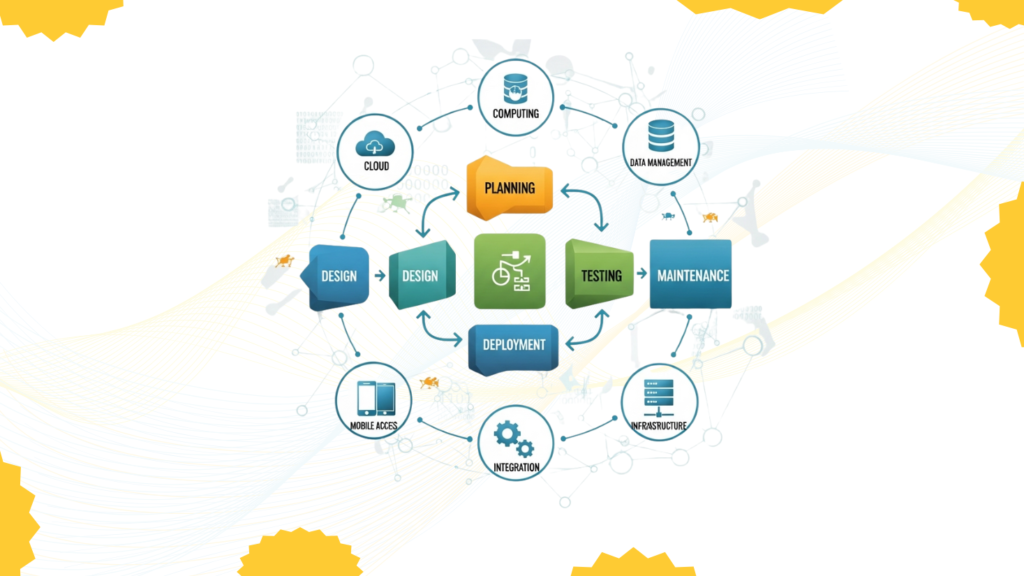
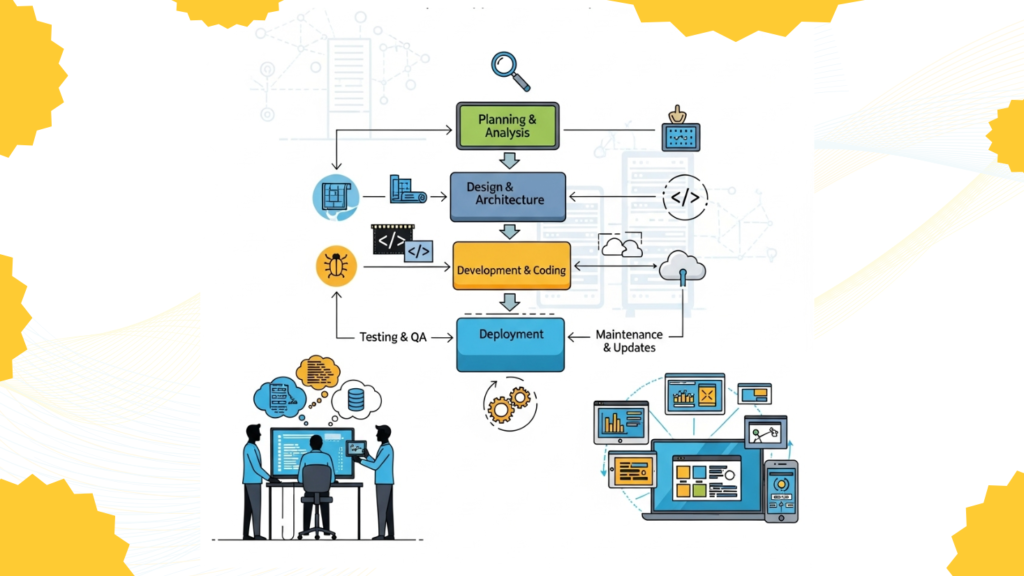
Enterprise Application Development
Custom Enterprise Software Development
- Tailored Solutions : Custom applications built to address specific business needs, rather than using off-the-shelf software.
- Business Logic Integration : Includes features specific to the organization’s business processes and workflows
- Scalability and Flexibility : Ability to scale up as the business grows and adapt to changing business requirements
Enterprise Resource Planning (ERP) Systems
- Integrated Software Solutions : ERP systems like SAP, Oracle, or Microsoft Dynamics help organizations integrate key business functions, such as finance, HR, procurement, and supply chain management.
- Prototyping : Developing a high-fidelity prototype that simulates the app’s user interface (UI) and experience (UX).
- Customization : Customization of ERP systems to meet industry-specific needs and processes
- Data Centralization : Centralized databases for better data management, reporting, and decision-making
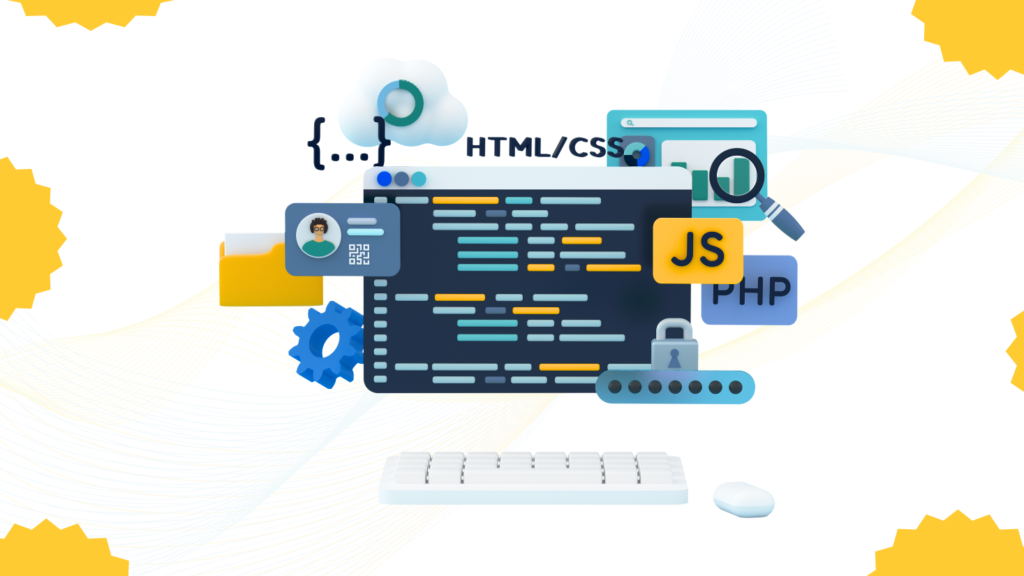
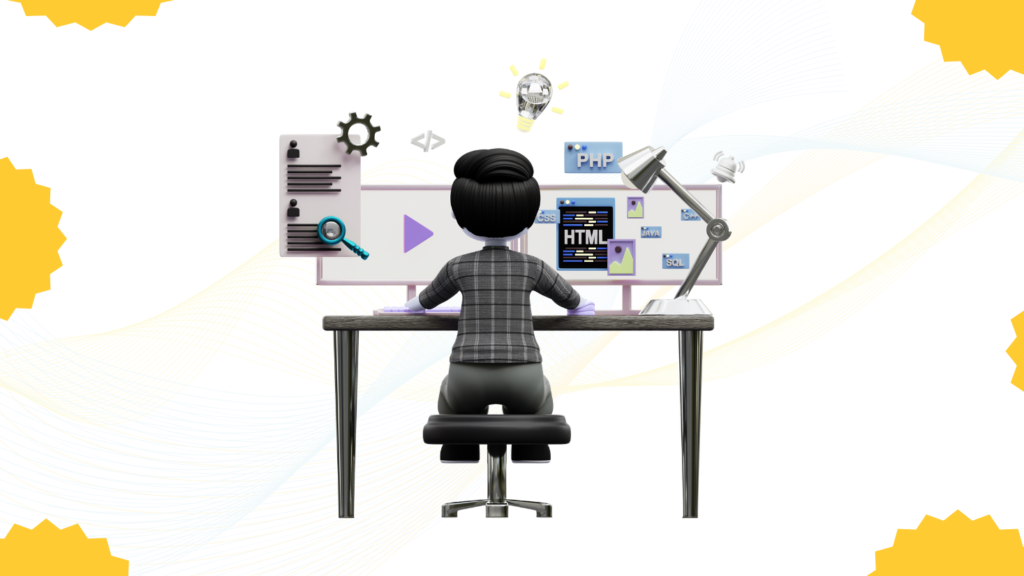
Customer Relationship Management (CRM) Systems
- CRM Platforms : Custom-built CRMs that manage customer interactions, sales pipelines, marketing campaigns, and customer service.
- Integration : Seamlessly integrate with other enterprise systems like marketing automation, inventory management, or financial software.
- Automation & Analytics : CRM systems often include automation for lead management, follow-ups, and reporting tools to enhance customer insights.
Business Intelligence (BI) & Data Analytics
- Data Warehousing : Build and maintain data warehouses to aggregate data from various sources within the enterprise.
- Real-Time Analytics : Develop custom applications to analyze big data in real-time and provide actionable insights
- Reporting Dashboards : Create interactive dashboards to visualize performance metrics, sales reports, and other KPIs.
- Mobile Enterprise Applications
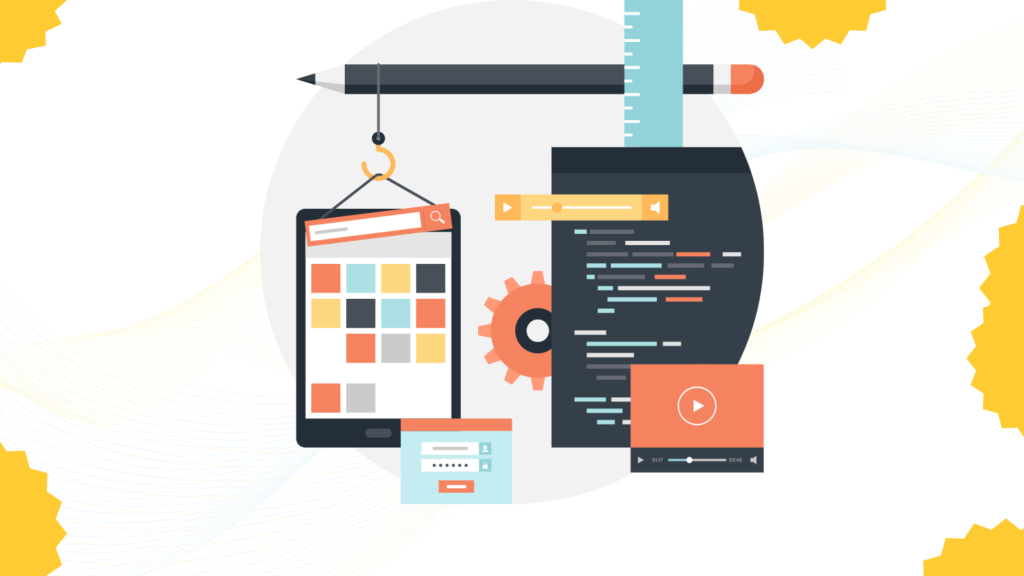
- Mobile-Friendly Solutions : Enterprise apps that enable employees to access key systems and data on the go, improving productivity.
- Cross-Platform Development : Developing mobile apps that work across multiple platforms, including iOS and Android.
- Security Features : Mobile enterprise applications require strong security measures, including encrypted data, multi-factor authentication, and secure communication channels.
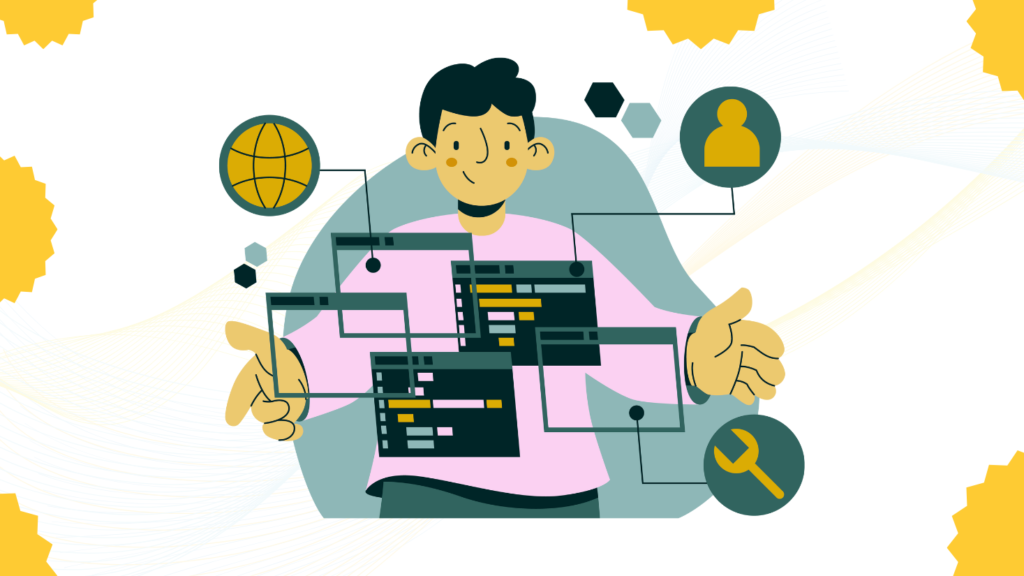
Integration and API Development
- System Integration : Ensuring that different enterprise systems (e.g., ERP, CRM, HRMS) can communicate with each other via seamless integrations.
- API Development : Developing APIs (Application Programming Interfaces) to allow smooth integration of enterprise apps with third-party systems and services.
- Middleware Solutions : Middleware tools to facilitate data exchange and communication between applications.
Workflow Automation & Process Optimization
- Business Process Automation (BPA) : Creating applications to automate repetitive tasks like data entry, report generation, and approvals.
- Task Scheduling & Monitoring : Develop apps that schedule and monitor the progress of various business processes in real-time.
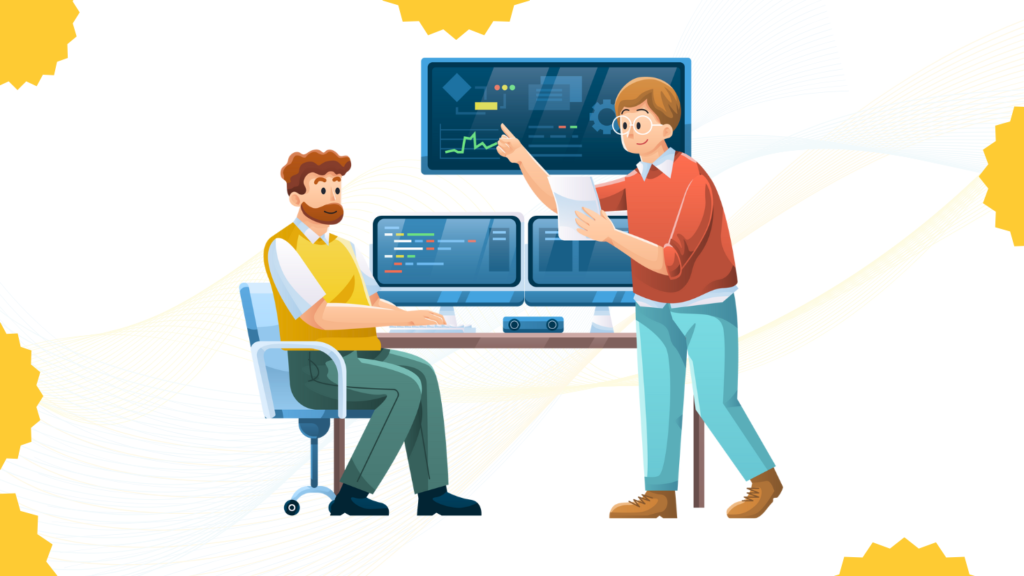
Security & Compliance
- Data Security : Implementing enterprise-level security practices such as encryption, secure access control, and data masking to protect sensitive information.
- Compliance : Ensuring the application complies with industry standards and regulations such as GDPR, HIPAA, SOX, or PCI DSS.
- Role-Based Access Control (RBAC) : Establishing granular control over who has access to what data and functionality within the application.

Enterprise IT Infrastructure
- Infrastructure Planning : Designing the underlying infrastructure that supports enterprise applications, including servers, networks, databases, and cloud services.
- High Availability : Ensuring the application remains available and performs well even during high traffic or system failures (e.g., via load balancing, failover systems).
- Disaster Recovery : Planning for business continuity through disaster recovery solutions to prevent downtime or data loss.
